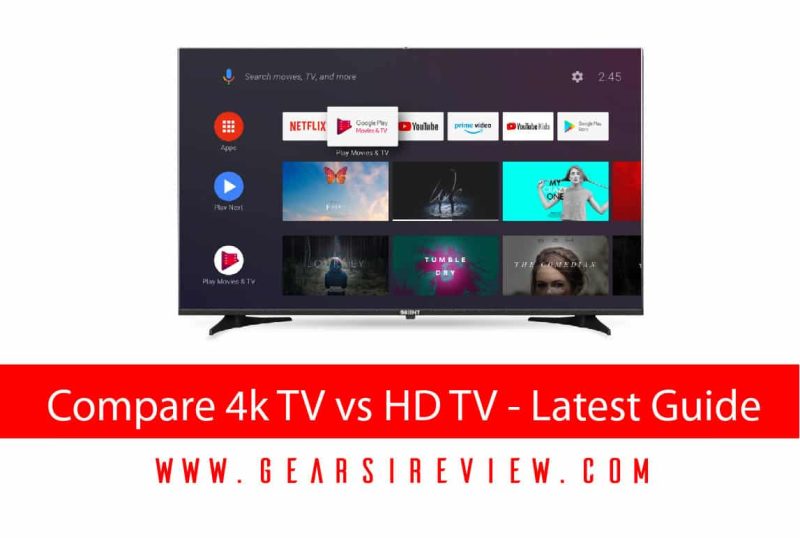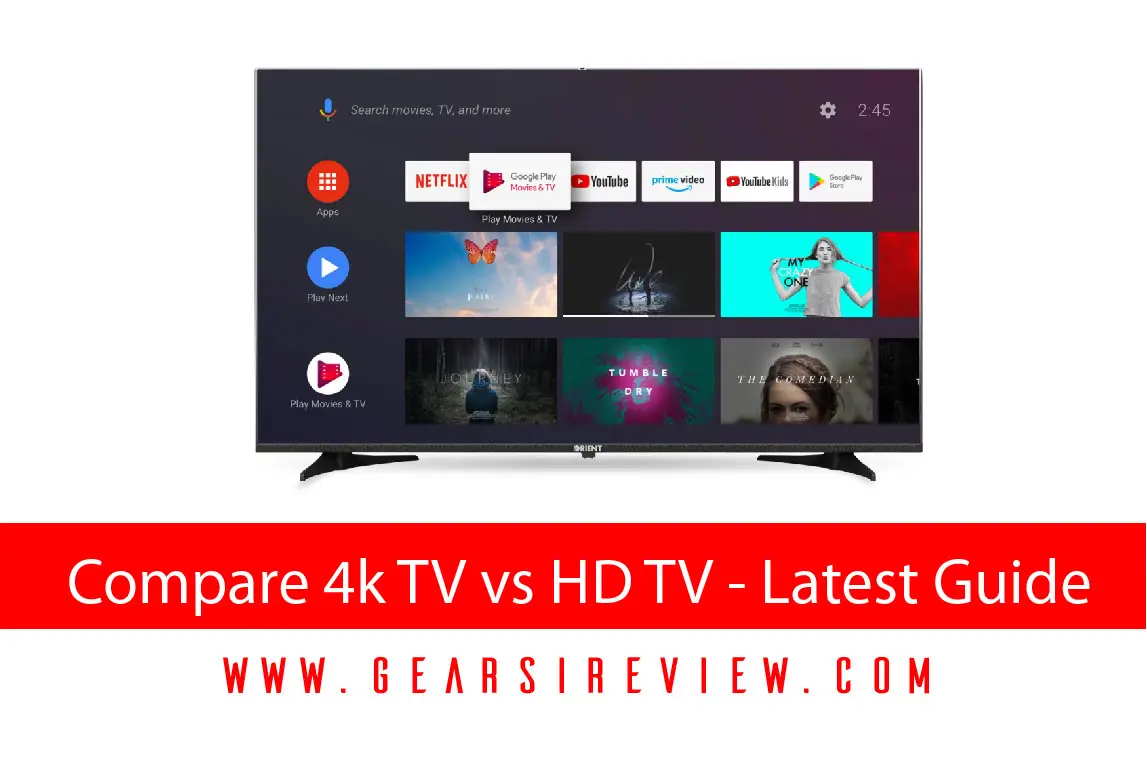The easiest method of characterizing the difference between 4K and UHD is:
4K is an expert creation and film standard, while UHD is a purchaser show and communicated standard. To find how they turned out to be so befuddled, we should take a gander at the two terms’ historical backdrop.

The expression “4K” initially gets from the Digital Cinema Initiatives (DCI), a consortium of movie studios that normalized a spec for creating and computerized projection of 4K substance. For this situation, 4K is 4,096 x 2,160 and is actually multiple times the past norm for advanced altering and projection (2K, or 2,048 by 1,080).You can read more on gearsireview
Furthermore, 4K alludes to how the flat pixel check (4,096) is around 4,000. The images on the screen you see are around 4,000 pixels wide. Before you ask, the business named 1080 goal after picture tallness; however, it named 4K after picture width. For extra added fun, you likewise may hear this goal alluded to as 2160p.
The 4K standard isn’t only a goal, possibly. It also characterizes how 4K substance is encoded. A DCI 4K stream is packed utilizing JPEG2000, can have a bitrate of up to 250Mbps, and utilizes 12-bit 4:4:4 shading profundity.
Ultra High Definition, or UHD for short, is the following stage up based on what’s called full HD, the official name for the presentation goal of 1,920 x 1,080. UHD quadruples that goal to 3,840 by 2,160. It’s not equivalent to the 4K goal made above — but pretty much every TV or screen you see publicized as 4K is really UHD. Without a doubt, there are a few boards out there that are 4,096 x 2,160, which amounts to a perspective proportion of 1.9:1. Be that as it may, by far, most are 3,840 x 2,160, for a 1.78:1 angle proportion. see more on bestpicktv
Check latest guides about

